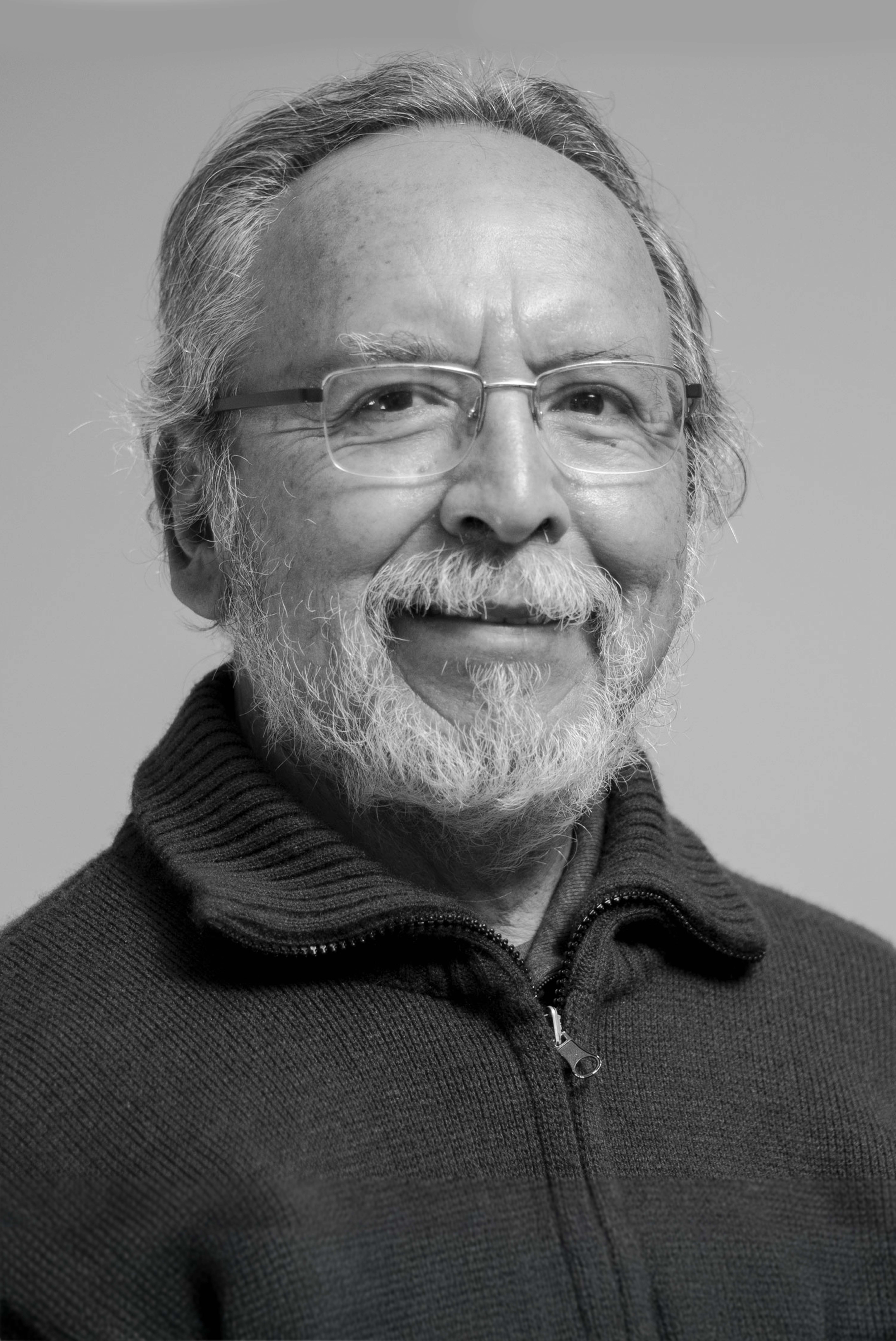The question of belonging and Indigeneity—"Where do I belong? To whom do I belong? What place claims me, and what place do I claim?"—has become pressing in an era marked by migration, ecological crisis, and fractured identities. Faith, far from being merely a private or spiritual concern, speaks deeply to these issues. This article argues that Christian faith engenders a new kind of Indigeneity—one not tethered to ancestral land, ethnicity, or statehood, but rooted in the Kingdom of God.
The Dislocation of Faith
The biblical narrative is marked by dislocation. The call of Abraham in Genesis 12 is foundational: "Go from your country, your people and your father’s household to the land I will show you." 1 Abraham becomes a sojourner, never fully possessing the land, yet believing in a promise larger than geography. This marks faith as a journey into dislocation and trust. The same dynamic is echoed in Jesus, who left the heavenly home to dwell among us, dislocated from divine glory into human frailty (Phil 2:5-11).
Faith, then, introduces a rupture. It redefines home, family, and belonging. Those who follow Christ are often called to leave behind not only land but also cultural assumptions, loyalties, and identities. Yet, this is not an invitation to rootlessness but to a new kind of rootedness.
Becoming Indigenous to the Kingdom
To be Indigenous traditionally means to be born of the land, shaped by its stories, rhythms, and ancestors. But Christian faith proposes another kind of Indigeneity. In Christ, believers become Indigenous to the Kingdom of God. As Paul writes in Philippians 3:20, "Our citizenship is in heaven." This is not escapism or spiritual abstraction but a reorientation of identity and belonging.
This heavenly citizenship grounds us in a story that transcends bloodlines and borders. It invites believers into a kinship formed not by ancestry but by baptism; not by geography but by grace. This identity is deeply communal and eschatological—pointing toward a future where all nations bring their glory into the New Jerusalem (Rev 21:24).
Jesus: The Displaced Indigenous One
Jesus’s life exemplifies this paradox. Born into the lineage of David, yet with nowhere to lay his head (Matt 8:20), Jesus embodies both Indigeneity and dislocation. He is Israel’s Messiah, rooted in a particular people, yet rejected by his own. He flees as a refugee to Egypt, grows up in Nazareth, ministers without a permanent home, and dies outside the city gates.
Yet through his resurrection, Jesus reclaims all places as his own. The stone the builders rejected becomes the cornerstone. He founds a new household of God (Eph 2:19-22), into which Gentiles and strangers are welcomed. His broken body becomes the new Temple, his Spirit the new homeland.
Faith as Re-Indigenization
Faith in Christ, then, is a kind of re-Indigenization. It grafts believers into a living tradition, a sacred ancestry stretching from Abraham through the prophets to Christ and the apostles. This is not to erase local cultures but to redeem them. As Lamin Sanneh argues, the gospel is both translatable and transformative. It honours the particular while inviting the universal. 2
This vision challenges Western Christianities that have often been complicit in colonialism, uprooting Indigenous identities in the name of civilization. A true theology of faith-as-Indigeneity must stand against such distortions. It must affirm the sacredness of local identities while pointing toward the deeper identity formed in Christ.
Solidarity with the Displaced
To be Indigenous to the Kingdom is also to stand with those who are displaced on earth. The biblical witness consistently aligns God with the widow, the orphan, and the stranger. The people of Israel are reminded: "You are to love those who are foreigners, for you yourselves were foreigners in Egypt" (Deut 10:19).
In our time, this calls Christians to radical hospitality. To belong to the Kingdom is to make room for others, to dismantle boundaries of exclusion, and to seek justice for those denied land, voice, or dignity. It is to remember that our truest home is not secured by force or property but given by grace.
Ecological Implications
This theological Indigeneity also reshapes our relationship to land. If the earth is the Lord’s (Ps 24:1), then we are not owners but stewards. To be Indigenous to the Kingdom is to treat the land not as commodity but as gift. It invites practices of care, reverence, and sustainability.
Here, Indigenous traditions have much to teach the global Church. Many Indigenous cosmologies see the land as kin, not resource. Christian faith, when re-Indigenized, can recover this sacred vision of creation—a vision distorted by industrialization and extractive economies.
A Theology of Homecoming
Faith begins in exile but ends in homecoming. The biblical arc moves from the garden lost to the city restored. In Revelation, heaven descends to earth, and God dwells with humanity. This is the promised land made new—not a return to Eden but a consummation of the journey.
To be Indigenous to the Kingdom is to live toward this promise. It is to walk in the steps of Abraham, Moses, Ruth, and Jesus—all pilgrims trusting in a homeland yet to come. It is to carry within ourselves the seed of the Kingdom, bearing fruit in every place, every language, every people.
*
Christian faith does not abolish our earthly identities but transfigures them. It gives us a new kind of belonging—one that is deeper than blood, broader than borders, and rooted in the very life of God. In Christ, we become Indigenous to a Kingdom that welcomes every tribe and tongue, and sends us as ambassadors of reconciliation.
This vision calls the Church to repentance, solidarity, and hope. It asks us to see the stranger as kin, the land as sacred, and our journey as holy. Faith that makes us Indigenous is faith that makes us whole.
Bibliography
Vargas A., Marcelo. Faith that Indigenizes: Neo-Pentecostal Aimara Identity. Langham Global Library, 2022.
Walls, Andrew F. The Missionary Movement in Christian History: Studies in the Transformation of Faith. Orbis Books, 1996.

